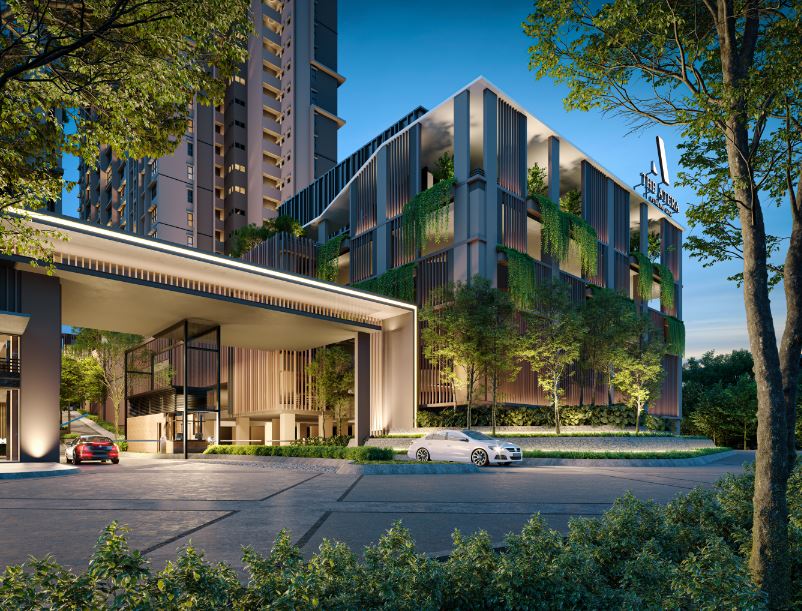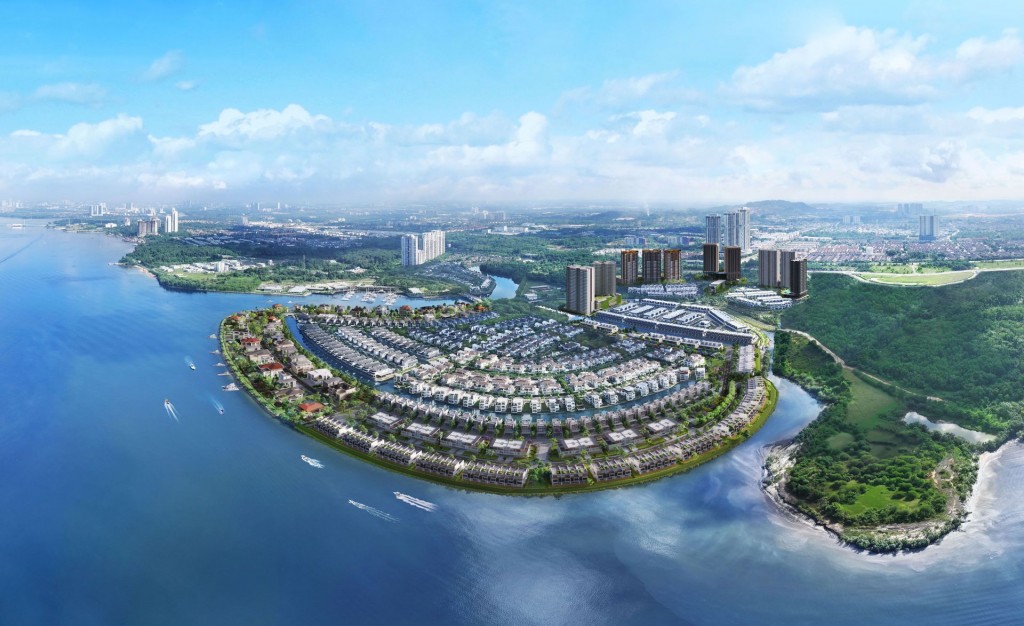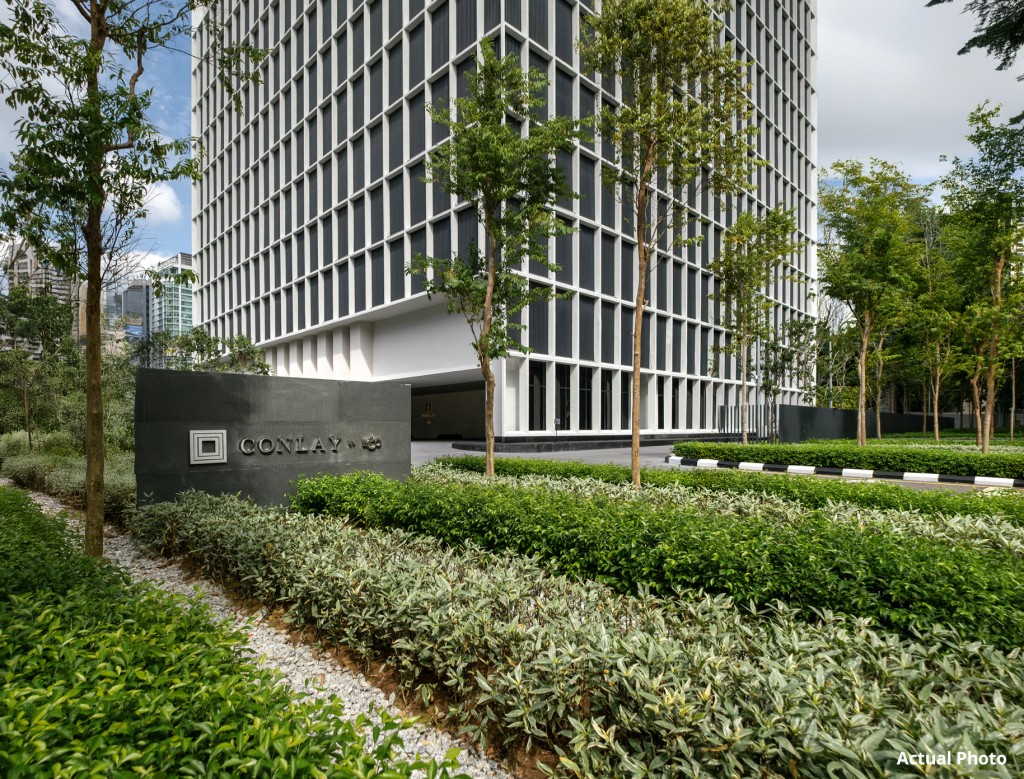What 2025 holds for the real estate industry
By Joseph Wong
As Malaysia transitions into 2025, the Year of the Snake in the Chinese zodiac, the real estate industry finds itself on the cusp of transformation. Symbolising adaptability, strategy and regeneration, the Snake offers a unique lens through which to examine the year’s potential developments in property markets. Insights from three feng shui and environology experts—Stephen Chin, Professor Joe Choo and Kenny Hoo—provide a fascinating roadmap for navigating the complexities of this transitional year.
The Year of the Snake (Yin Fire) introduces a dynamic interplay of elements. Fire dominates, signifying energy, enthusiasm and transformation while its contrast with Water—associated with liquidity and sales—signals potential volatility in real estate transactions. Environology Malaysia honorary secretary Stephen Chin observed: “Fire is the dominant element of the year and it is very conducive to Earth-based industries. Just as with 2024’s Fire Dragon, we will see a lot of activities in the property sector. However, Fire also contrasts Water, the element linked to sales and liquidity. This suggests that while property development may flourish, actual sales could experience moderation. Therefore, developers might focus on completing existing projects and enhancing property values, while buyers may adopt a more cautious approach.”
Malaysia is grouped under the southeast sector of the world and is naturally aligned with the Wood element, which is partially related to construction and property, he said. “In 2025, this sector will be visited by the Water element, from which it will benefit. This alignment bodes well for Malaysia's property market, indicating potential for development and economic vitality.”
A tale of two halves
Professor Joe Choo offers a detailed feng shui analysis, dividing 2025 into two distinct phases of challenges and instability for the first half and recovery and growth for the second half.
“In the first half of the year, Yi Wood clashes with Yin Earth, indicating an unfavourable trend for the property market. The clash reflects instability and stagnation with potential challenges arising from government policies or economic fluctuations. Market sentiment is likely to remain weak during this period,” she said.
But the Si Fire nourishes Earth in the year’s latter half, heralding a gradual rebound. Recovery opportunities emerge, particularly in high-end property segments, driven by foreign investments and innovative developments. “However, the extent of recovery depends on national policies and market dynamics,” Choo noted, highlighting the importance of adaptability.
Key strategies for developers and investor
Feng shui practitioner Kenny Hoo emphasised the importance of innovation. Adapting to new demands is imperative. Developers must integrate smart technologies and eco-friendly designs to attract buyers. Sustainable construction practices and renewable energy solutions will resonate with environmentally conscious consumers.
“Good Feng Shui Group refers to the Year of the Wood Snake in 2025 as the Accumulation Year. The keyword for this year is accumulation (Xu). Across various fields, we will witness strategic manoeuvring and changes. This year is a time for storing energy and preparing for significant breakthroughs. Good Feng Shui Group predicts that 2025 will be a year filled with volatility and challenges, but also abundant new opportunities.
“It is crucial to remain calm, composed and patient during this year, continuing to accumulate energy and strength. By cultivating inner peace and waiting for the right moments, we can seize life-changing opportunities in 2025. These opportunities could lead to doubled success and renewed glory,” he said.
As such, he urged stakeholders to focus on high-growth regions. Strategic investments in Johor, Penang, Klang Valley and East Malaysia offer the greatest potential for returns. These regions benefit from favourable feng shui patterns and ongoing infrastructure projects.
Government regulations and economic policies will significantly impact market behaviour, he explained. Staying informed allows developers and investors to anticipate changes and adjust strategies accordingly.
The priority should be on value creation, he said, adding that properties that offer long-term value—through strategic location, quality construction and innovative features—will outperform in a competitive market. Developers should focus on enhancing property value to attract discerning buyers.
Choo concurred with the value creation priority. The real estate market in 2025 operates under the auspices of Period 9 (2024-2043), defined by Li Gua, representing Fire. This period emphasises transformation, innovation and high-tech growth.
While the market may warm up, excessive Fire risks overheating, leading to stagnation, Choo explained. “This situation also affects related and derivative industries, where opportunities remain limited unless transformative strategies are applied,” she said, adding that developers must balance enthusiasm with practicality, focusing on long-term value creation.
New International Order
Hoo also highlighted Malaysia’s role in the evolving global landscape. As a newly inducted BRICS partner, Malaysia aligns with emerging economies prioritising resource sharing and mutual prosperity. This positioning opens doors for foreign direct investments, particularly from China, bolstering the property market.
To recap, Malaysia, Indonesia, Thailand, Belarus, Bolivia, Cuba, Kazakhstan, Uzbekistan and Uganda were formally invited to join BRICS as partner nations starting Jan 1, 2025. Malaysia’s entry into BRICS marks a significant step in shaping the New International Order.
“The previous world order, which began in 1840 (First Opium War), has gradually faded over 180 years. The COVID-19 pandemic in 2020, in fact opened the door for this grand transition. The start of the 9th Feng Shui Period in 2024 coincides with the replacement of the old order by the new, with China’s re-rise and the formation of a Greater China economic bloc with the South Asia regions becoming inevitable.
“In 2025, we will experience the implementation of numerous new systems, regulations and norms across global fields. Governments will introduce innovative policies, requiring citizens to adapt quickly. These changes will also create new demands, opportunities and markets,” he said.
Regional growth

“Fire is the dominant element of the
year and it is very conducive to Earth based industries," said Chin.
Southern Malaysia, particularly Johor, is poised for significant growth. “The southern region, particularly Johor and its capital, Johor Bahru, fall within the southern sectors favoured in 2025. These regions are likely to witness heightened property development and investment opportunities. The strategic location near Singapore and ongoing infrastructure projects further enhance Johor's appeal to investors and homebuyers,” said Chin.
He added that the planned Johor-Singapore Special Economic Zone is likely to be a main growth driver. “Johor is actively expanding into high-growth sectors such as food technology, agritech and renewable energy. Investments from tech companies such as TikTok, Nvidia and Microsoft are also shaping southern Johor into a digital economy hub,” he said.
Hoo concurred, pointing out that “Johor’s proximity to Singapore, coupled with infrastructure projects like the Johor-Singapore Economic Zone, makes it a magnet for investment.”
East Malaysia also stands out, driven by infrastructure developments like the Pan-Borneo Highway. “The East is expected to be the most prosperous region in 2025, and as a result, infrastructure development in East Malaysia's Sarawak and Sabah will continue at a rapid pace. In particular, the 5,324 km Pan-Borneo Highway, which is like dredging the dragon-meridians of these areas, will directly stimulate economic development in Kuching, Kota Kinabalu and the small towns along the highway. Coupled with the construction demand for Indonesia's new capital, East Malaysia's economic vitality is poised to surge in 2025,” said Hoo.
High-end properties: A beacon of opportunity
Foreign investments and resilient demand are likely to buoy high-end properties. Choo’s analysis aligns with this trend: “Ge Gua is made up of Li Gua, representing the host, symbolises a reformer—a force of fiery enthusiasm arriving to the guest, Dui Gua, representing marsh.” The interaction of Li Gua and Dui Gua highlights:
- Abundance and adaptation: The host’s fiery nature benefits from the guest’s fertile and nurturing qualities, completing an internal transformation. This dynamic reflects the dependence of the real estate sector on foreign buyers or external investments. As a result, high-end properties may perform better than mid-to-lower-tier properties in 2025.
- Innovation and transformation: To thrive, property developers must embrace new ideas and adapt to evolving market demands. This includes revising concepts, implementing innovative marketing strategies, and adjusting pricing structures to attract buyers and foster demand.
Challenges and cautions
Despite the optimism, 2025 presents some challenges from liquidity concerns to policy impacts as well as health and wellness concerns. The Fire-Water contrast suggests that while developments may increase, sales might lag, creating an imbalance. And regulatory changes could influence market dynamics, underscoring the need for vigilance.
“The #2 Black Star (Illness Star) occupies the central palace in 2025, signalling potential health concerns. Special attention should be given to eye, spine, circulatory and respiratory health, particularly in March, September, December, and January 2026. The healthcare industry, especially products and services related to wood and earth elements (for example, gloves, pharmaceuticals, education and accounting) will thrive,” said Hoo.
The Year of the Snake is a transformative period for the real estate industry, marked by challenges and opportunities. Guided by the principles of feng shui and environology, stakeholders can harness the snake’s adaptability to thrive.
“2025 is a year of preparation, adaptation and seizing new opportunities. By embracing change and enhancing personal skills, individuals and businesses can achieve significant success and prosperity in this accumulation year,” noted Hoo.
Key takeaways for investors
- Cautious optimism: The property market shows potential for recovery in the second half of 2025. However, uncertainties persist, emphasising the importance of informed decision-making.
- Focus on high-end segments: High-end properties may outperform, bolstered by foreign investment and resilient buyer interest.
- Monitor national policies: Stay attuned to regulatory changes and policy adjustments, as these will significantly influence market behaviour.
- Embrace innovation: Success in 2025 will depend on the ability to adapt. Developers must think outside the box in conceptualising properties and marketing strategies to align with buyer expectations and industry shifts.
Stay ahead of the crowd and enjoy fresh insights on real estate, property developments and lifestyle trends when you subscribe to our newsletter and follow us on social media.

















































